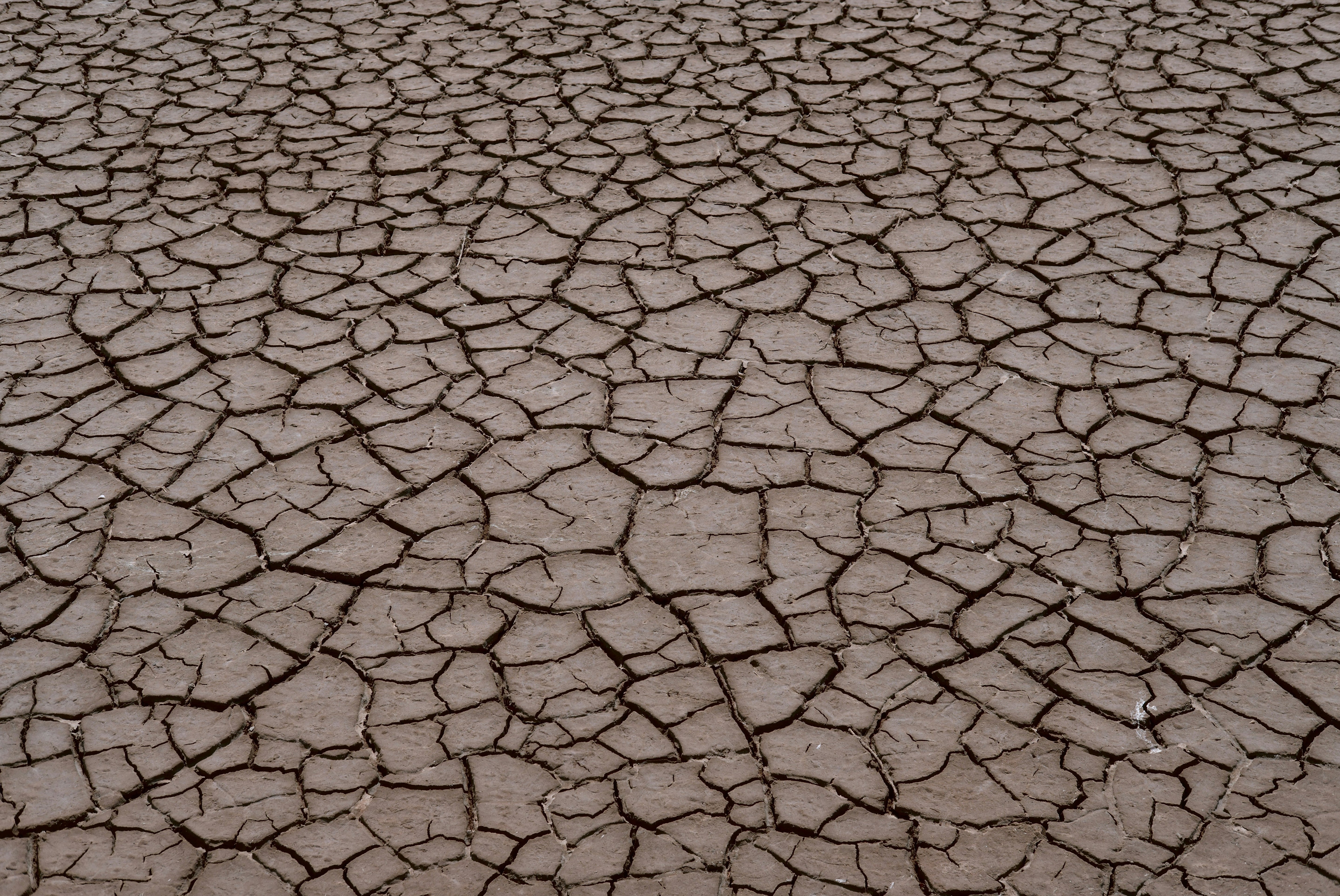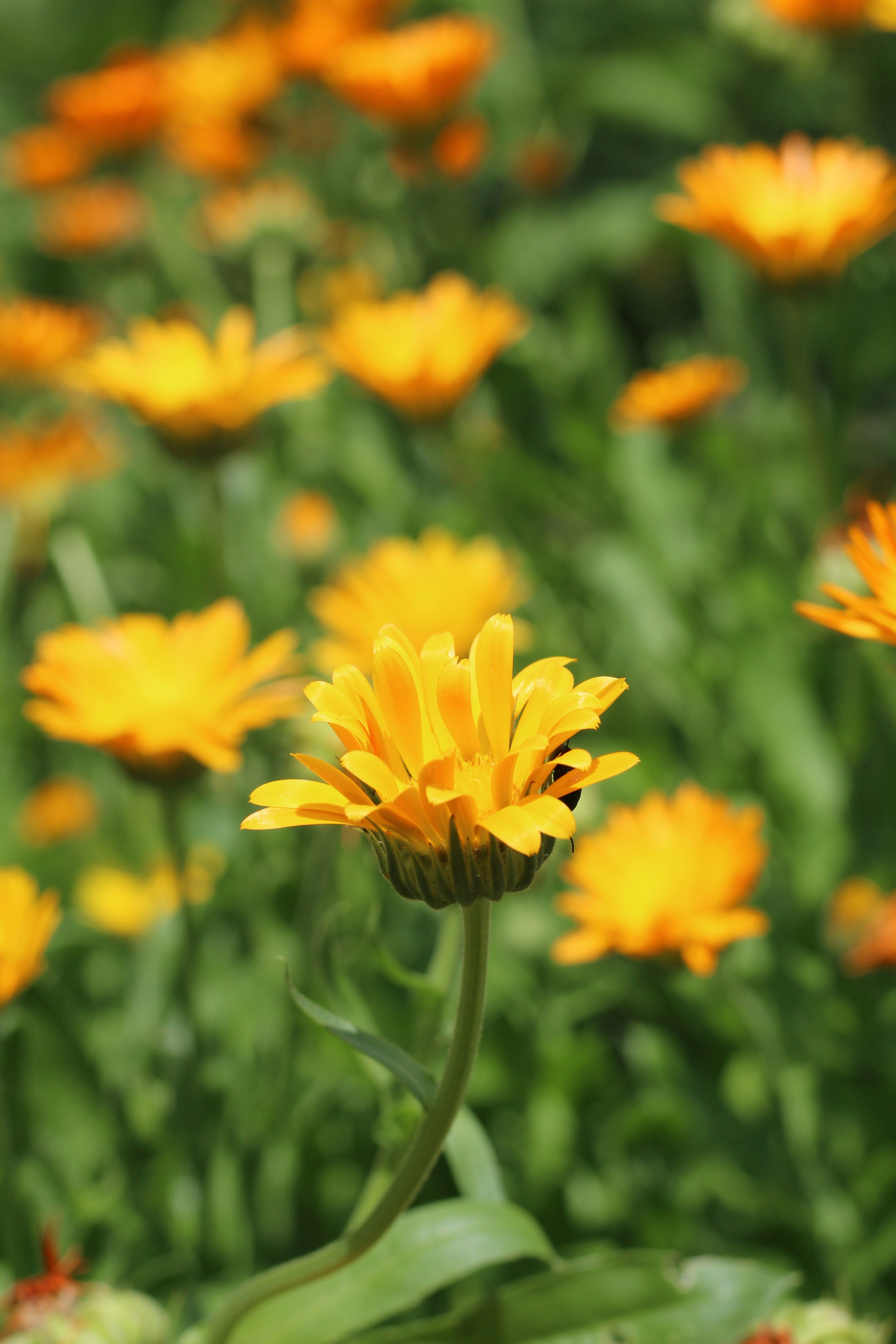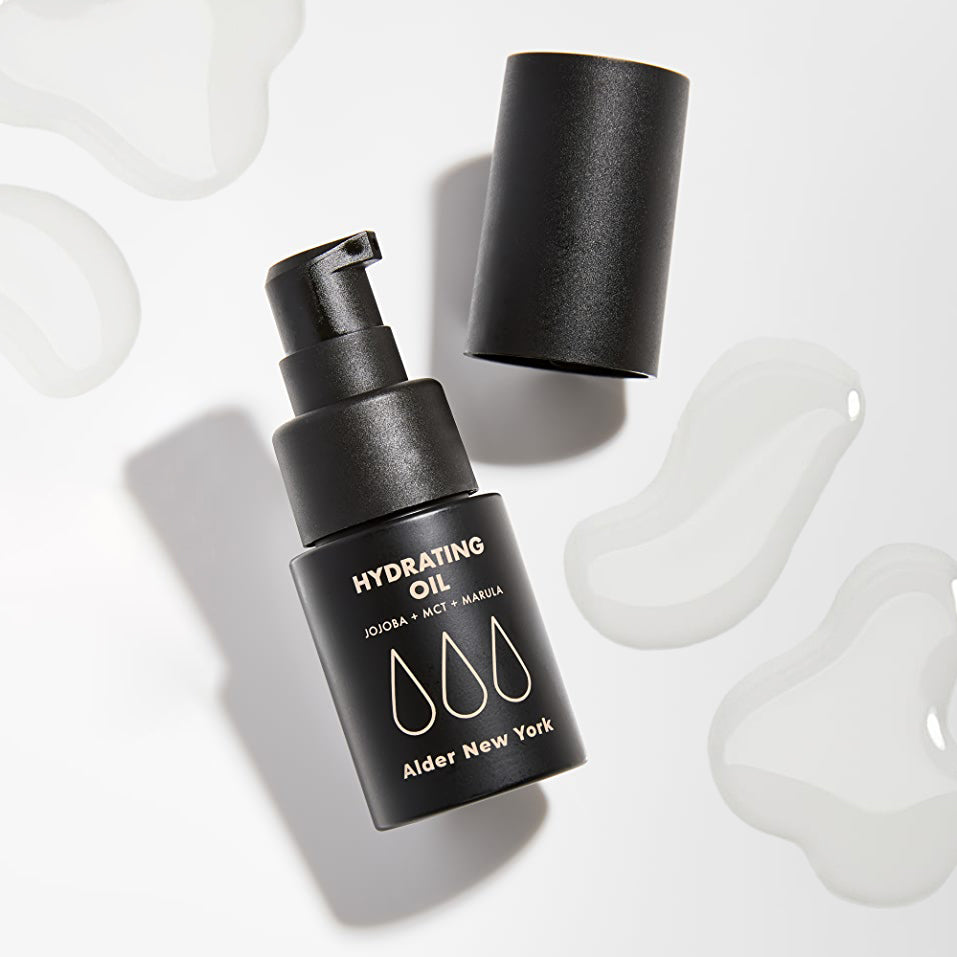
Is Clay Too Drying for Your Skin? Not Always
Clay masks have a long history of detoxifying, clarifying, and brightening the skin. But for some, they’ve also earned a reputation for leaving skin feeling tight, dry, or stripped.
So is clay inherently too harsh—especially for sensitive or dry skin types? The short answer: not when it’s formulated with care. The type of clay used, the supporting ingredients, and how long you leave it on all matter. At Alder New York, we craft our masks with these nuances in mind—so your skin gets results, not redness.
Why Clay?
Clay is one of nature’s most effective skin detoxifiers. It works by:
-
Drawing out impurities from pores
-
Absorbing excess oil
-
Gently exfoliating dead skin cells
-
Smoothing texture and minimizing breakouts
But not all clay is the same—and not all formulas treat your skin with the same level of care.
Understanding the Types of Clay
Two of the most common clays used in skincare are:
Kaolin Clay
Known for its mild, non-drying properties, kaolin clay is ideal for sensitive or combination skin. It purifies and gently exfoliates without disrupting the skin barrier. You’ll find kaolin clay in:
-
Brightening Face Mask: With kaolin, calendula, and vitamin C, this mask leaves skin smoother, brighter, and calm.
-
Smoothing Face Mask: A single-use treatment perfect for travel or trying something new—formulated to gently refine texture and tone.
Bentonite Clay
More absorbent than kaolin, bentonite is excellent for oily and breakout-prone skin. It draws out excess sebum and purifies deeply, but it’s best used in well-balanced formulas to avoid over-drying.
That’s exactly what we’ve done in our:
-
Clarifying Face Mask: This mask combines bentonite with calming ingredients, like willow bark and zinc oxide, for a clarifying treatment that never feels harsh.
How to Use Clay Masks Without Over-Drying
✅ Use 1–2x per week
✅ Apply a thin, even layer and avoid the eye area
✅ Rinse off before the mask fully hardens (when it feels tacky, not tight)
✅ Follow with a gentle moisturizer, like our Nourishing Cream, to replenish hydration
So, Is Clay Too Harsh? Not with the Right Formula.
When it comes to clay masks, it's not just the clay that matters—it's the context. The supporting ingredients, the application method, and how your skin responds are all part of the equation.
At Alder New York, we use clay purposefully and thoughtfully—whether it’s kaolin in our Brightening and Smoothing masks, or bentonite in our Clarifying mask—to ensure your skin feels refreshed, never raw.
Ready to find your mask match?
Explore our full collection of skin-loving clay masks here.




Leave a comment
This site is protected by hCaptcha and the hCaptcha Privacy Policy and Terms of Service apply.